This post contains affiliate links. This means if you purchase something through one of my links, I may receive a small commission at no extra cost to you. Please read my disclosure for more info.
Ah, skincare products, the things that used to confused me so much because I never had one, not even a face wash. Waits, not even a face wash? Yup, you read it correctly, I never had one until a tragedy suddenly pops on my face and I’m gonna tell all the story later.
If you’re here then you want to start your skincare routine or you already started but still confuse with the skincare routine order.
Well, I’m not gonna blame you because there are so many skincare products out there and I know how crazy it is to choose the best product for your skin.
The truth is you don’t need to put that many products on your face, you just need a basic skincare routine, use the right products and in the right order so they can penetrate deep into your skin.
My Skincare Journey
I have dry skin and when I was a teen I tried my sister’s face wash where her skin type is oily (was my first mistake), and after I used it, my face became so tight and flaky, so I decided not to use any cleansers.
Then how I cleaned my face? Well, I used my body soap as my face wash.
At that time, I thought it was a win-win solution because all I need to do is to buy a gentle body soap. I kept doing that until my third semester in university and then I got my first fashion show and that was when the tragedy came in.
After I came home from the fashion show, I cleaned my face with just makeup wipes and then washed it with my body soap (which was my second mistake). Boom! Within two days, 5 big pimples were showing on my face.
And that’s the beginning of my skincare journey.
Maybe there are some of you that did the same mistake as I, and if you’re not then you can learn from the mistakes I’ve made.
Below, I’m going to give information about your skin type, the correct order you need to apply, the step you can skip, and some products that are perfect for your skin type.
REMEMBER! I’m not a dermatologist or a doctor, so all opinions on products and anything else I’m mentioned, are results and findings from my own experience and research.
Know Your Skin Type
This is the crucial part, you need to know what kind of skin you have first so you didn’t do the same mistake as me (my first mistake). Then you will learn how to take care of it with the right products.
- Oily skin: People with this skin type tend to have larger pores, shiny and greasy.
- Dry skin: flaky, rough, tight, and dull are the signs of this skin type
- Sensitive skin: this type has overreactions to certain ingredients that may cause sting, burn or itch after using some products.
- Combination skin: People with combination skin tend to be oilier in the T-zone (forehead, nose, and chin) and drier on the cheeks.
- Normal skin: this skin type can tolerate most things without overreacting, they don’t feel drier, oily, or sensitive.
If you still confuse with your skin type, you can check this good post from Renee Roulee to find out more about your skin type.
Skincare Routine Order: A Step-by-Step Guide
The ultimate guide of a skincare routine is by keeping it simple. Always start with basic steps — cleanse, treat and moisturize — and then expand it as you fit.
Another thing you need to bear in mind is to read the ingredient lists and labels of the products you want to buy and always look for the natural ingredients. If you haven’t fully grasped the concept of natural ingredients, I found a good article from Proven Skincare that has written about it in detail.
Your Morning Skincare Routine
Morning skincare routine more focuses on protecting your skin from the sun and pollutions.
Step 1: Cleanser
Cleansing in the morning will help you remove any residue and oil from your sleep that built up overnight and it’s crucial to use the right products that will not strip your natural skin moisture, so it’s best to look for a gentle facial cleanser that is fragrance-free.
For oily skin, gel or foaming cleansers are the best to use and look for products with non-comedogenic ingredients so they won’t clog your pores. La Roche-Posay Toleraine Purifying Cleanser is the best product to try and if you have a combination skin try Simple Micellar Gel Wash.
If you have dry skin and normal skin, it’s best to pick cleansers that contain hydrating ingredients such as hyaluronic acid, glycerin, and ceramides, and it’s ok for dry skin to skip this part and just rinse your face with plain water in the morning.
The best product to try is La Roche-Posay Hydrating Gentle Cleanser. And for sensitive skin, Vanicream Gentle Facial Cleanser is the best product.
Step 2: Toner
Toner in your morning skincare routine is an optional step.
Toners are created to balance your skin’s pH after you cleanse and make your face ready for the next products to be better absorbed.
But actually, there are many face cleansers that are balanced now, but if you have a toner that you really like, there’s no harm to use it.
And if you have dry skin like me, it’s better to use a hydrating toner that gives hydration to your skin rather than slathers your face with moisturizer.
Here are some ingredients to look for in toner:
- Oily and acne-prone skin: BHA (beta hydroxy acid, like salicylic acid) is the best ingredient to look for because it gently exfoliates your skin and removes dead skin cells that can clog your pores.
- Dry skin: always look for ingredients that hydrate your skin like hyaluronic acid and glycerin that gives plump and smooth skin. If you have acne you can try a toner that contains AHA (alpha hydroxy acid, like glycolic acid or lactic acid).
- Sensitive skin: Toner that’ll calm your skin is best for sensitive skin. Aloe vera is one of the best ingredients for sensitive skin because it helps to soothe your skin.
- Normal and combination skin: for this skin type you can try a toner that contains AHA/BHA to exfoliate the skin or a hydrating toner.
Step 3: Antioxidant Serum
Serums are powerful products filled with concentrated doses of active ingredients that address specific skin concerns and deliver them directly into your skin.
There are many types of serum you can buy, but for daytime, antioxidant serums are essential even for those who don’t have any specific issues because it neutralizing your skin from damage caused by UV rays and pollutions during the day.
It also helps decrease dark spots and brightening dull skin with continued use, but it’s a little strong. So for sensitive skin, better to use it every other morning or test patch it first.
Vitamin C, E, and green tea extract are common antioxidants that many people use. When you want to use vitamin C serum, please look for the one that contains a stable form of vitamin C, so the molecule will work better and soak into your skin.
Step 4: Moisturizer
Moisturizer is the step that I always use. And you too should use it every day. No matter what your skin type is, whether your skin is hella oily or not. Always keep in mind that you need to use moisturizer daily.
Why moisturizer is so important? It helps strengthen your skin barriers, keep your skin hydrated, and also traps in all the products underneath it.
For oily skin, always opt for a moisturizer that is oil-free, lightweight formulas and non-comedogenic.
The best way to use a moisturizer is while your skin is still damp, so apply a moisturizer for at least 30 seconds after you put serum so it will be able to lock much hydration on your face.
Non-comedogenic means that the ingredients won’t clog pores, trigger acne and cause comedones. Some common known comedogenic products are cocoa butter and coconut oil.
Step 5: Sunscreen
The Last critical step of your morning skincare routine is sunscreen. Sunscreens work by blocking UV rays and reduce your risk of skin cancer, it acts as a shield that protects your face from the outside world.
Always remember to use a sunscreen with UVA and UVB protection or a built-in broad-spectrum SPF of at least 30. Apply it 15 minutes before sun exposure and reapply it at least every two hours.
Sometimes I’m just too lazy to apply it every two hours, uh, I know it’s a bad habit! But you can copy me by putting on sunscreen when you do your morning skincare routine and when the sun is at its highest peak which is at 12 P.M.
While applying sunscreen, don’t just put it on your face, but you need to cover your neck and also your ears.
There are two types of sunscreen, chemical and physical sunscreen. Here’s an article that helps you understand more about the difference. No matter what kind of sunscreen you use, the most important thing is that you use it regularly.
Even if you’re spending your days indoor, always use sunscreen because the UV rays can still get in through the windows.
Your Nighttime Skincare Routine
As you all already know, that our skin naturally repairs itself at night, and your nighttime skincare routine is the perfect time to gives your skin as many nutritions and active ingredients that your skin needs. So your night routine is more about treatment.
Step 1: Double Cleansing
After your daily activity, there will be dirt, grime, and oil that stick on your face and don’t forget the makeup too! You need to get rid of them all, even when you’re not wearing any makeup! Because the sunscreen that protects you still sits on your face.
And it isn’t enough to just cleanse your face with your cleanser, that’s why in your nighttime routine it’s a must to double-cleansing.
First, you need to clean your face either with cleansing oil or micellar water to take off your makeup. Then you cleanse your face with your regular gentle cleanser to remove the lingering dirt and makeup.
Tip: Never use makeup wipes. Those wipes technically remove makeup on your face but are not effective enough to remove all of them because they leave a layer of residue on your face.
Step 2: Toner
If you use toner, you can apply it the same way you would in the morning. Where you put it before applying serums.
Step 3: Serums and Treatments
As you know that our skin regenerates and repair itself at night and serum contains active ingredients and it’s extremely concentrated for your skin. That’s why serums at night are best for treating your skin condition.
But, don’t stuff your face by layering all of your treatment serums at the same time. For me, the max is to use 2 different types of serums because you don’t want them to be less effective.
Helpful hint: don’t try mixing your serums with your moisturizer. Because the thickness of the moisturizer will decrease the effectiveness of the serum.
You can start by picking your treatment serum based on the skin problem you’re trying to address that night.
If you have specific issues, here are ingredients you need to look for:
- Vitamin C, alpha arbutin, licorice root, glycolic acid are skin brightening ingredients to help brighten dull skin and dark spots.
- Retinol helps prevent wrinkles and fine lines by stimulating the production of collagen.
- Hyaluronic acid helps to bind water in your skin to make it more moist and plump.
- Niacinamide, salicylic acid, plant-based derivatives are an anti-inflammatory ingredient that helps soothe redness and irritation skin. Niacinamide also helps to treat acne.
You also need to know that not all serum can be used with the same frequency. There is serums best use at night because they are not sun-stable in the daytime and there are best applied in the morning.
Step 4: Moisturizer or Night Cream
Your moisturizer or night cream is the last step of your night skincare routine.
Actually, you need to use a thicker moisturizer at night to prevent water loss while you are sleeping especially if you use ingredients like retinol that drier your skin.
But it’s okay if you put on your morning moisturizer at night (because I also do this).
Step 5: Don’t forget the lips
For some people, they don’t put their lips on their skincare routine or they don’t even think about it.
But for me, who constantly lived with chapped lips – thanks to the gen in my body that gave me dry skin – it’s really a must to take care of my lips.
To take care of your lips is pretty easy, you just need a lip mask or lip balm then slather it every night before you sleep.
Common questions
Do I need an eye cream?
Actually, you don’t, your eyes can survive without an eye cream. Almost all eye creams on the market have the same ingredients as your face moisturizer.
The skin around your eyes is more fragile than the rest of your face, that’s why your eyes often become the first part of your face that starts showing wrinkles and fine lines.
And this reason is why marketing tells you to buy an eye cream. And some people swear that eye creams really work for them.
Well, the truth is it works because it contains humectants like ceramides and hyaluronic acid that give hydration to your under-eye skin which act the same as facial moisturizers.
From this point, you already know what your eyes need is hydration.
And how if you have bags, dark circles, and puffiness? The truth is it might be hereditary, so no amount of eye cream can treat or minimize their appearance. But you can go to a dermatologist and ask for help because mostly they can treat your condition.
But it doesn’t mean you can use one, after all, skincare is an act of self-love, and if you want to use them make sure you pick an eye cream that has tolerable concentrations of active ingredients.
Do face masks actually work?
Face masks contain highly concentrated treatments so they can be a great way to give intensive nourishing to your skin.
But their benefit is temporary, and with hundreds of face mask out there you should pick the ingredients that suit your skin type and address your specific skin concerns.
Always keep in mind that face masks will not bring an instant miracle to your skin, but if you put it together with your skincare routine, they can help improve your skin’s appearance.
How about face oil?
Face oil is great if you have dry and dehydrated skin and there are products that are great for acne-prone skin too. Dehydrated skin is when you don’t have enough water in your skin no matter how much water you drink.
As you already know that your skin needs hydration, especially when you got older and your skin starts to deteriorate, the best way to combat this is with water and oil.
You need water-based products like your serum and moisturizer for hydration, but water easily evaporates. That’s the reason why you should put face oil.
Oil is not easily penetrated, so it’s better if you use your water-based products first, then pat your face oil after moisturizer. The oil will act as a barrier that prevents the water from evaporating and sealing all the moisture from serum and moisturizer. You need to always and always make sure to apply them last (before sunscreen).
But do you really need it? Well, it all depends. For me, face oil isn’t necessary because my skincare is enough to give hydration and moisten my skin. And I also have a serum with a consistency like oil, so it already acts as a face oil.
How about SPF moisturizer?
For me, moisturizers best work separately from sunscreen. When you buy a moisturizer or other cosmetics that contain sunscreen, just think about it as a bonus. Even though there are good moisturizers with sunscreen, but there are lots of bad ones too and they are so greasy.
There are so many moisturizers with SPF 15 or SPF 10, and actually, it’s not enough to protect your skin because you need at least SPF 30 and broad-spectrum (block UVA and UVB rays).
Another concern is you not putting them enough on your face. As you know that the quantity of putting on moisturizer and sunscreen is slightly different, so if you use these together then there’s a big possibility that you just use it as you would with moisturizer which not providing the same coverage as your sunscreen.
And if you happen to use the same moisturizer both day and night, while it’s generally not harmful, but to sleep with SPF moisturizer when your skin doesn’t need it is not a good idea for me.
Always Listen To Your Skin
At the end of the day, it’s your skin that is being treated, so always listen to your skin. What works for me and others may not work for you. And in the skincare world, there’s no universal fix because everyone’s skin is different.
So no matter what, it’s important to know your skin and find what works for you.

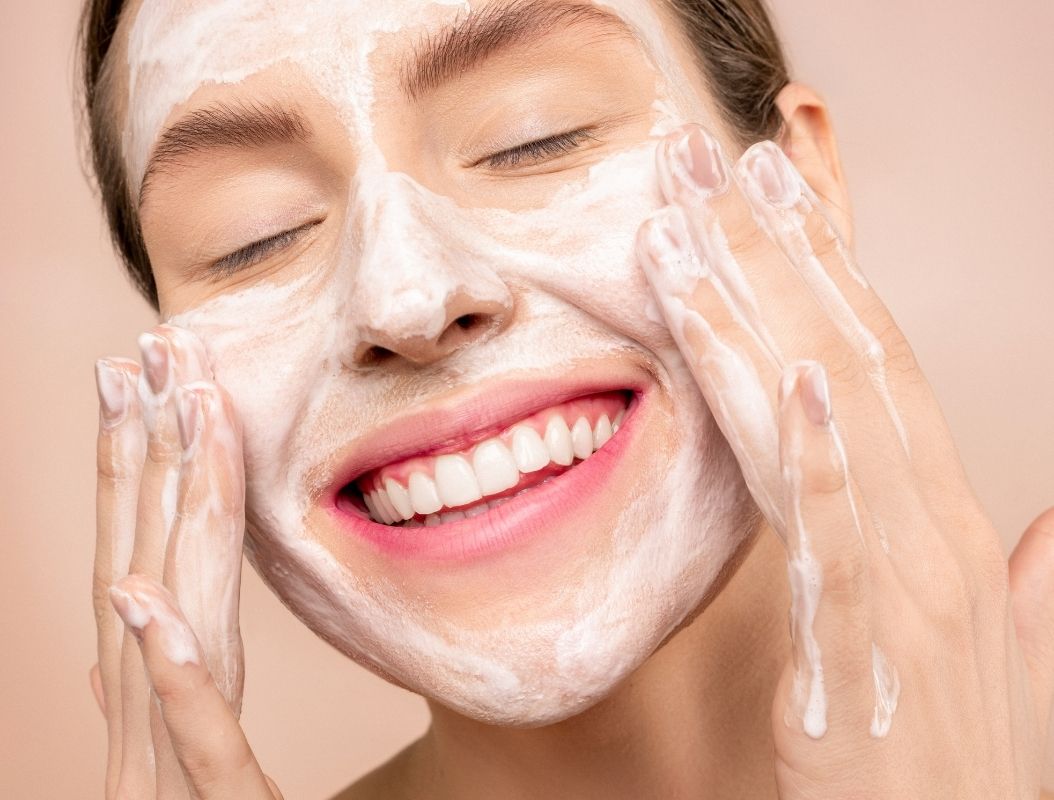
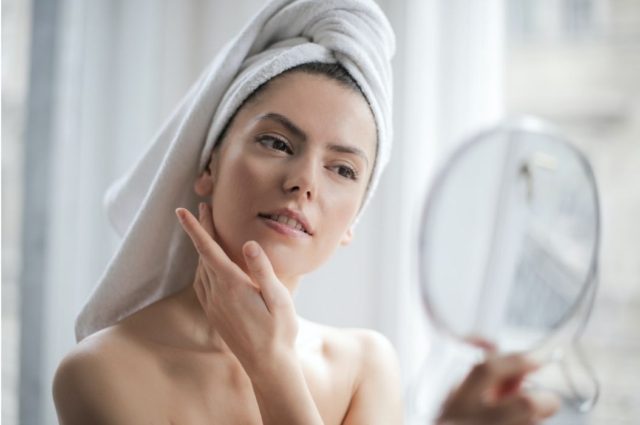
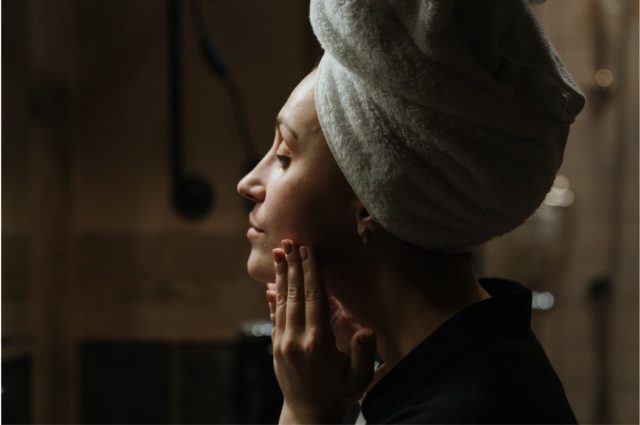

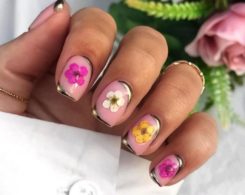
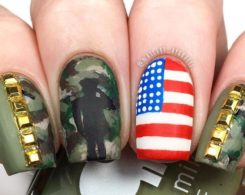

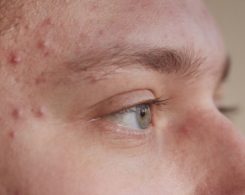

Leave a Reply